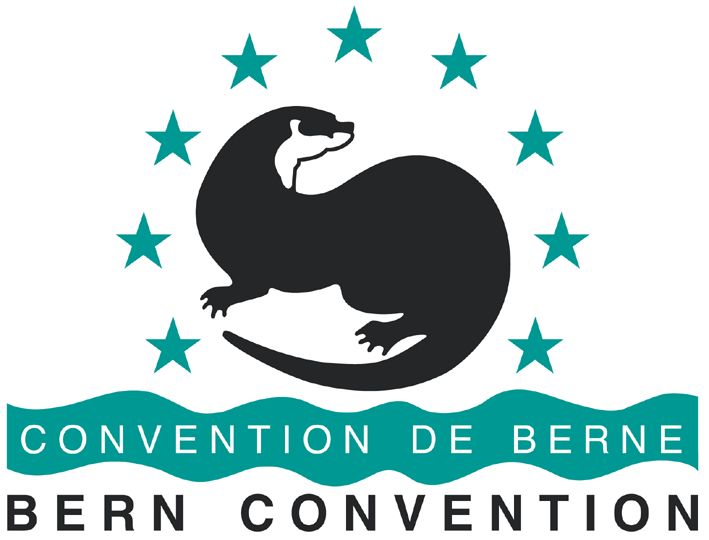Emerald Network Reference Portal

- Emerald Network Standard Data Form [Revised Annex 1 to Resolution No. 5 (1998)]
English name
Albania
Andorra
Armenia
Azerbaijan
Belarus
Bosnia and Herzegovina
Burkina Faso
Georgia
Holy See
Iceland
Liechtenstein
Monaco
Montenegro
ISO code
AL
AD
AM
AZ
BY
BA
BF
GE
VA
IS
LI
MC
ME
English name
Morocco
North Macedonia
Norway
Republic of Moldova
Russian Federation
San Marino
Senegal
Serbia
Switzerland
Tunisia
Türkiye
Ukraine
ISO code
MA
MK
NO
MD
RU
SM
SN
RS
CH
TN
TR
UA
The list of officially adopted sites is published each year following the annual meeting of the Standing Committee to the Bern Convention.
List of officially adopted Emerald sites (last updated in December 2023)
The list of candidate sites is published each year following the annual meeting of the Standing Committee to the Bern Convention.
List of officially nominated candidate sites (last updated in December 2023)
- Marine regions map
- Background document on the delineation - T-PVS/PA(2018)18
The list corresponds to the Nomenclature of Territorial Units for Statistics of Europe (NUTS), which is maintained by EUROSTAT. For the SDF field 2.5 the NUTS level 2 is used. In case, for a particular country no official NUTS codes exist, an agreed similar coding system is used
The Emerald Network currently considers eleven terrestrial biogeographical regions (Arctic, Alpine, Anatolian, Atlantic, Black Sea, Boreal, Continental, Mediterranean, Macaronesia, Pannonian, Steppic).
The codes of the endangered natural habitats requiring specific conservation measures as listed in Resolution No. 4 (1996) (including revised Annex 1 to Resolution No. 4 (1996), adopted in 2019 by the Standing Committee)
Interpretation manual of the habitats listed in Resolution No. 4 (1996) - T-PVS/PA(2019)18
The codes of the species requiring specific habitat conservation measures as listed in Resolution No. 6 (1998) (including revised Annex 1 to Resolution No. 6 (1998), adopted in 2011 by the Standing Committee)
Under development
- SPECIES GROUPS:
A =Amphibians, B = Birds, F = Fish, Fu = Fungi, I = Invertebrates, L = Lichens, M = Mammals, P =Plants, R = Reptiles
- TYPE:
p = permanent; r = reproducing; c = concentration; w = wintering;
(For plant and non-migratory species use permanent)
- DATA QUALITY:
G = ‘Good’ (e.g. based on surveys); M = ‘Moderate’ (e.g. based on partial data with some extrapolation); P = ‘Poor’ (e.g. rough estimation); DD = data deficient (use this category only, if not even a rough estimation of the population size can be made, in this case the fields for population size can remain empty, but the field "Abundance categories" has to be filled in)
- ABUNDANCE CATEGORIES:
C = common, R = rare, V = very rare, P=present
- MOTIVATION CATEGORIES:
A = National Red List data, B = Endemics C = International Conventions, D= other reasons
Please use the units individuals (= i) or pairs (= p) wherever possible, otherwise follow the standardised list of population units and codes, which can be found here.
In order to describe the general site character broad habitat classes are used.
For additional information on the correspondence between these broad habitat classes and the EUNIS units check out the following table.
- List of national designation types (excel version) / MS Access version
This table contains codes following the structure of the Common Database of Designated Areas (CDDA) for some Contracting Parties. For further information on CDDA Designations click on this link.
Maintained by: European Environment Agency (EEA), last updated: 07.07.2011
Guidelines for submitting Emerald Network data
- Data transfer formats database template and xml schema (under development)
- New Emerald Network Software and guidance on its installation and use
- Guidelines for filling in the SDF
- Guidelines for explaining negative changes in Emerald Network proposed, candidate and adopted sites - T-PVS/PA(2017)7
Helpdesk
If you have questions, please read the FAQ, if you don't find an answer there, please contact the helpdesk [email protected]
Frequently Asked Questions (FAQ)



